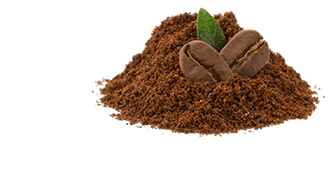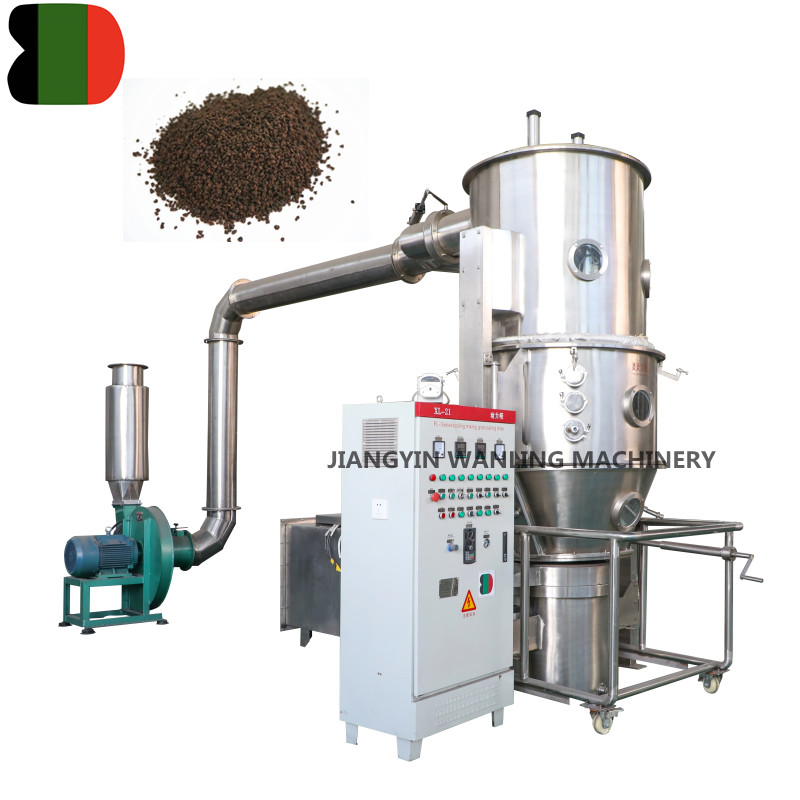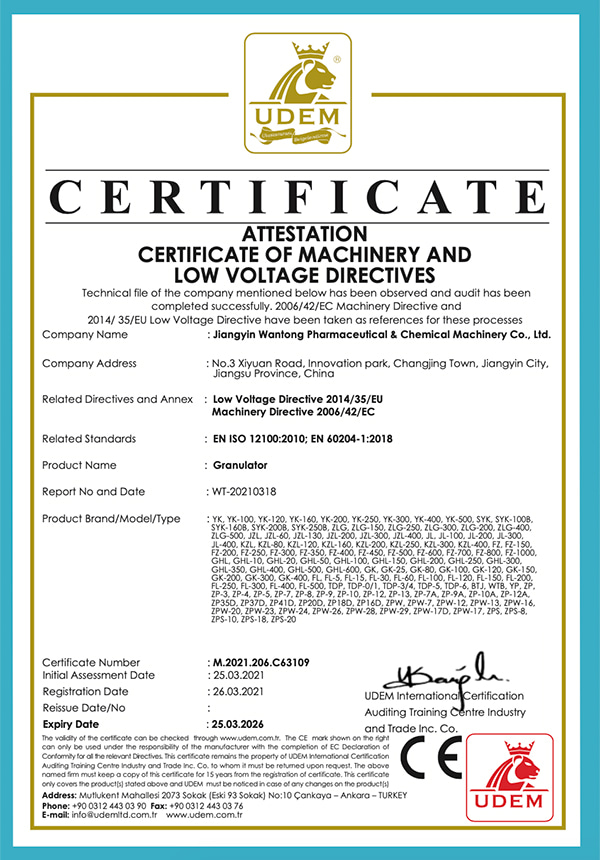Fluid Bed Granulator Manufacturer
-


WFL Cocoa Granule Making Fluid Bed Granulator
WFL type fluidized granulator is a new craft set combining the FLuidized bed technology and spraying technology to make granules in medical ... -

WFL Vertical Tea Granule Making Drying Granulator Machine
This WFL tea granulator machine combines four essential functions – mixing, drying, granulating, and coating – into a single, streamlined pr... -


WFL black tea powder fluid bed drying granulator machine
The tea granulator machine is WFL fluid bed granulator machine. WFL type fluidized granulator is a new craft set combining the FLuidized bed...
Fluid bed granulator improves fluidity and reduces dust flying through powder granulation. Improving its solubility through powder granulation. Mixing, granulation, and drying are completed in one machine. Using anti-static filter cloth ensures safe equipment operation. Powder materials are put into a closed container in the hopper. Due to the action of the hot air flow, the powder is suspended in a fluidized circulation flow, achieving uniform mixing. At the same time, a mist like binder is sprayed into the container to moisten the powder, causing it to solidify into loose small particles. At the same time, due to the efficient drying of the hot air flow, the water continuously evaporates, and the powder continuously solidifies. The process is repeated to form ideal and uniform multi porous spherical particles, which are mixed, granulated, and dried in one go in the container.

About Us
Honor
-
 Honor
Honor -
 CE
CE
News
-
Industry News 2025-10-22
1. What a Horizontal Ribbon Mixer Is and Where It’s Used A horizontal ribbon mixer is an industrial ...
View More -
Industry News 2025-10-16
A tray dryer is a batch drying equipment widely used in the pharmaceutical, food, and chemical indus...
View More -
How does a double cone blender compare to ribbon blenders or V-blenders for industrial applications?Industry News 2025-10-09
A double cone blender has distinct advantages and limitations when compared to ribbon blenders and V...
View More -
Industry News 2025-10-01
Electric-Powered Tray Dryers Advantages: Precise and Stable Temperature ControlElectric-powered tr...
View More
Industry Knowledge Expansion
How does the Fluid Bed Granulator handle the drying process during granulation?
A Fluid Bed Granulator is a versatile piece of equipment that can handle both the granulation and drying processes simultaneously. Here's how it manages the drying process during granulation:
Fluidization: The process begins with the fluidization of the powder or granules. Air is blown upwards through a perforated plate or nozzle at the base of the granulator, causing the particles to be suspended in the air stream, creating a "fluid-like" bed.
Heat Application: The air used for fluidization can be heated, which helps in drying the wet mass. The heat can be applied through a heat exchanger or by direct heating of the air.
Uniform Distribution: The upward-moving air ensures that the heat and moisture are uniformly distributed throughout the bed, which is crucial for even drying.
Continuous Mixing: The fluid bed's motion provides continuous mixing of the particles, which helps in maintaining a uniform moisture content and aids in the drying process.
Adjustable Parameters: The speed of the air flow, temperature, and pressure can be adjusted to control the drying rate and achieve the desired moisture level.
Spray Application: In some cases, a Fluid Bed Granulator can be equipped with a spray system to apply a liquid binder or solvent to the bed. This liquid is quickly absorbed and then evaporated, facilitating the granulation and drying process.
Coating: The drying process can also be used for coating particles. For instance, in the pharmaceutical industry, a Fluid Bed Granulator can be used to apply a controlled release coating to drug particles.
Efficiency: The drying process in a Fluid Bed Granulator is typically more efficient than in other types of dryers because of the large surface area exposed to the drying medium and the continuous mixing action.
End Point Detection: Modern Fluid Bed Granulators often come with sensors and control systems that can monitor the moisture content and other parameters in real time, allowing for precise control over the drying process.
Sale-up and Down: The granulator can be operated at different scales, from lab scale to industrial production, making it suitable for various drying needs.
By combining granulation and drying in a single unit, a Fluid Bed Granulator offers a compact and efficient solution for the production of granules, especially in industries where heat-sensitive materials are involved.



 Español
Español
